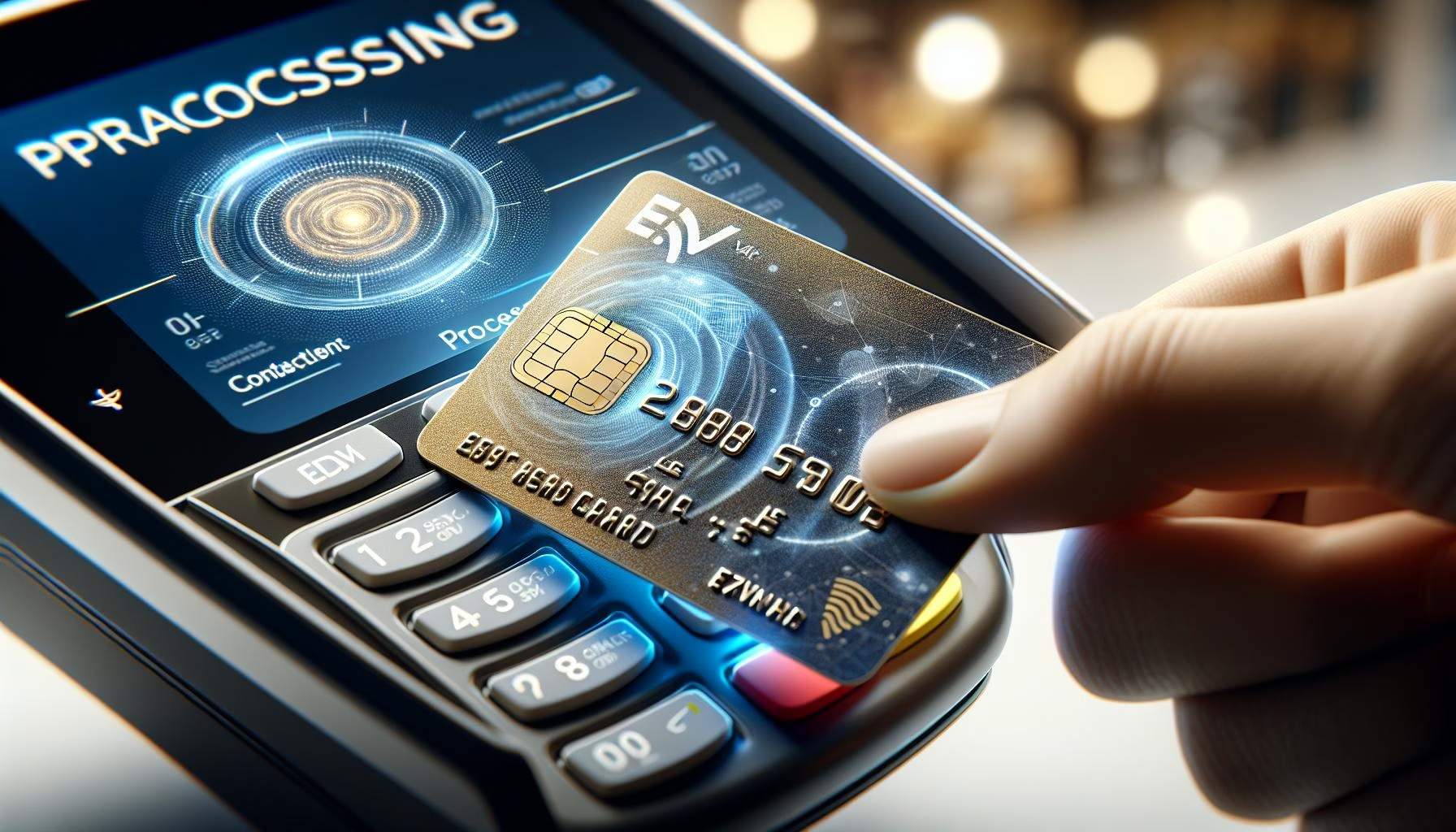Every time you shop, pay a bill, or swipe your card, you’re putting your financial information to work. But have you ever wondered how secure your data really is? That’s where the chip card comes into play. If you’ve noticed a small metallic square on your debit or credit card, that’s more than just fancy design—it’s an extra layer of protection. Let’s break down how it works and why it matters for your everyday payments.
What Is a Chip Card, Exactly?
If your card has a small, square metallic chip on the front, congratulations—you’ve got a chip card (also called an EMV card). The term “EMV” stands for Europay, Mastercard, and Visa, who developed this technology to enhance payment security.
Unlike the old-fashioned magnetic stripe cards, which store static information, chip cards generate a unique transaction code for every purchase. This makes it way harder for fraudsters to clone your card because each transaction is one-of-a-kind. It’s like having a new digital fingerprint every time you tap or insert your card.
Why Chip Cards Are Much Safer
Here’s the thing—magnetic stripe cards are vulnerable. If someone gets hold of your card’s static data (which is the same every time you swipe), they can easily replicate it. Chip cards, on the other hand, do things differently.
Here’s how chip cards boost your payment security:
- Unique transaction codes: Every time you use your chip card, it generates a fresh code that can’t be reused.
- Hard to clone: Even if someone steals your transaction data, they can’t use it again.
- Global acceptance: Chip cards are accepted worldwide, especially in countries where security standards are stricter.
In fact, the shift to chip technology has helped reduce counterfeit card fraud significantly. If you’re interested in learning more about the tech behind EMV cards, here’s the original article from Investopedia we referenced.
How Do You Use a Chip Card?
It’s pretty simple, and chances are you’re already doing it. When you’re paying at the register:
- Insert the chip end into the card reader (don’t swipe!).
- Leave your card in the reader until the machine tells you it’s okay to remove it.
- Sometimes, you’ll need to enter a PIN or sign to complete your purchase.
And now with contactless technology on the rise, many chip cards also work when you just tap them against a reader, making checkout even quicker!
Chip Cards Aren’t Foolproof, But They’re Better
Let’s be real—no technology is 100% theft-proof. But chip cards do a darn good job of making it much harder for scammers to steal your info compared to older card types. While they stop card cloning pretty effectively, other types of fraud—like online scams where the physical card isn’t needed—still happen.
This is why it’s smart to pair your chip card with good financial habits:
- Set up alerts on your card use.
- Review your account statements regularly.
- Use two-factor authentication when shopping online.
Staying alert and aware is your first line of defense.
Why the Chip Card Was Introduced in the First Place
The transition to chip cards wasn’t just a tech upgrade—it was a solution to a growing problem. Credit card fraud was on the rise, especially in the U.S., where magnetic stripe cards were still common long after other regions had moved to EMV. Retailers, banks, and consumers were feeling the pinch of rising losses.
So when chip cards entered the scene, it was like adding a digital lock to a once-unsecured front door. In fact, after major retailers and banks in the U.S. made the switch around 2015, counterfeit fraud dropped dramatically.
Still carrying an old magnetic stripe card? It’s time to ask your bank for an upgrade. Most financial institutions today offer chip cards as standard. If you want more tips on secure payments, check out our blog about staying safe during online transactions.
Additional Perks of Using a Chip Card
Besides safety, chip cards come with a few nice extras that make them standout:
- Easy International Travel: Chip cards are widely accepted across the globe—especially in Europe and Asia. No more fumbling to pay for coffee in Paris.
- Faster Checkouts: With contactless options, you can simply “tap and go” for small purchases—convenient and speedy.
- Better customer protection: Many chip cards come with fraud protection features and zero-liability policies if theft does occur.
Think of a chip card like a smarter, streetwise version of older cards—it’s got your back even when you’re not paying attention.
The Future of Chip Cards: What’s Next?
As technology keeps evolving, you might start seeing chip cards work alongside biometrics, like fingerprint scanners or mobile wallets. These innovations promise even more control over how we manage personal data—and your chip card will be part of that digital ecosystem.
Eventually, physical cards may give way to virtual versions stored on smartphones and watches. But for now, chip cards serve as a strong mix of security and convenience that most people can count on.
Final Thoughts: Embrace the Chip
The next time you pay at a store, take a second to notice how you’re using your card. That little chip isn’t just helping the machine read your card—it’s protecting you from fraud, one transaction at a time.
If your current card doesn’t have a chip, contact your bank and ask for an updated one. It’s a small switch that can make a big difference in safeguarding your finances.
The world of payments is changing fast—but with your chip card in hand, you’re already a step ahead.
Source: Investopedia – Chip Card

